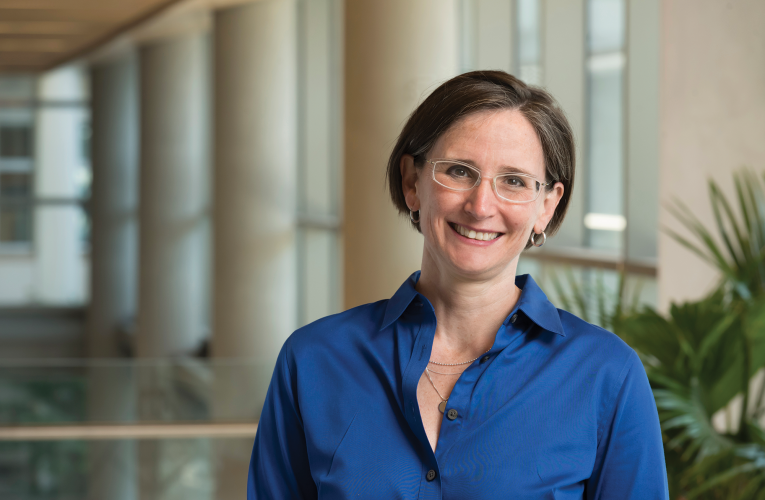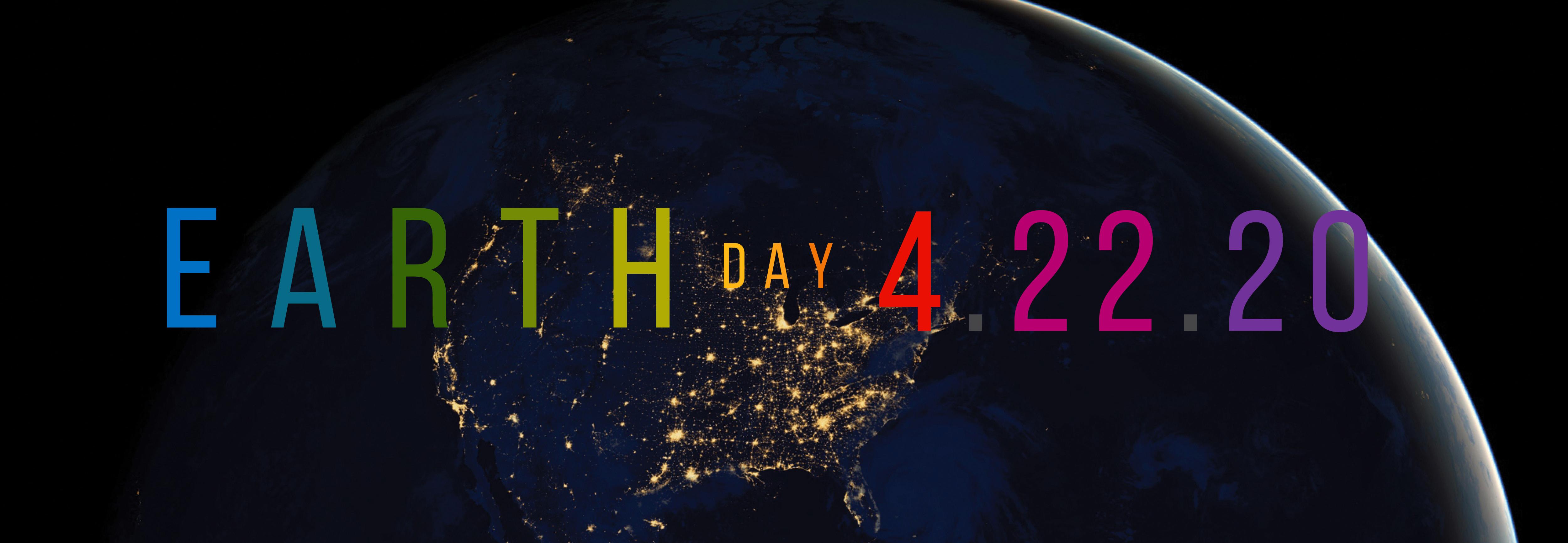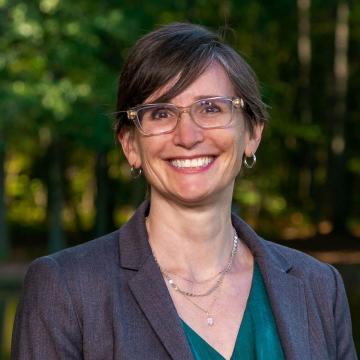On April 22, 1970, the first Earth Day celebrations took place at two thousand colleges and universities, roughly ten thousand primary and secondary schools, and hundreds of communities across the United States. The annual recognition now includes events coordinated globally by the Earth Day Network in more than 193 countries.
While it may seem at times that we are in dire straits with the weather events and predictions of what the state of our natural world will be in the next 50 years, it is important to reflect on the positive aspects of what has changed in the past five decades.
The creation of Earth Day happened at a time when our country and the world were taking a long hard look at how humans were having growing impacts on the environment. In his State of the Union Address in January 1970, President Richard Nixon broke new ground by discussing environmental policy.
“Through our years of past carelessness, we’ve incurred a debt to nature, and now that debt is being called”, Nixon said. “The great question of the Seventies is, shall we surrender to our surroundings, or shall we make our peace with nature and begin to make reparations for the damage we have done to our air, to our land, and to our water?”
That April saw the first Earth Day, the formation of the Environmental Protection Agency was announced that June, and the Clean Air Act was passed later that same year. Precipitated by the publication of Rachel Carson’s seminal work, Silent Spring, a few years previous, the creation of Greenpeace, and then the passing of the Clean Water Act a year later, these events sparked interest, attention and intention in the public.
The 50th Anniversary of Earth Day should be a time of reflection and commitment for us all. In recognizing this, I have called upon our faculty and staff to focus on three defining areas as we seek to have intentional impact with our science, our teaching and our outreach.
First, climate change is the pre-eminent threat of our time. I want the Nicholas School to further sharpen our identity, increase our visibility, and strategize how we connect across campus to harness the full potential and impact of what Nicholas is doing—and can do—in this arena. We need to amplify how we see climate problems and solutions, because we can, and have, a moral imperative to do so. We need to hone our focus as a whole so we can operate strategically within Nicholas, across campus and in the external world.
Second, every undergraduate student should leave Duke with some degree of environmental and earth science literacy. Earth and ocean sciences are the foundational educational bedrock for understanding how our planet works. Climate impacts will affect everything from engineering, finance, policy, medicine and countless other fields. We must live up to our responsibility to create greater environmental and earth science literacy as our students graduate and go into the world in which they are poised to effect change.
Finally, I am charging our faculty and staff to focus on narratives of hope and possibility. We are inundated in the media with narratives of hopelessness and impending environmental apocalypse. I am challenging our faculty to emphasize the alternatives we have for dealing with climate change, biodiversity loss and the challenges in our oceans. It is absolutely essential that students understand the foundation of the problems while we also provide them insights into how we can address them.
In the 1970s, we began to recognize the human damage to the earth. This instigated change. Once again, we are witnessing the world change around us. As written by Ernest Hemingway, change “happens gradually and then suddenly”. We often talk about ecological tipping points—the point where we shift into a new state of ecological being. I think we are at the cusp of a social tipping point—one that has us finally recognizing the impact we are having on our planet with respect to climate change, leading to the channeling of individual and collective action that can lead us into a new, more fortuitous normal. I intend for the Nicholas School to be visibly present and accounted for as we work toward an Earth Day 50 years from now that has a stable climate, abundant oceans and increasing biodiversity.



